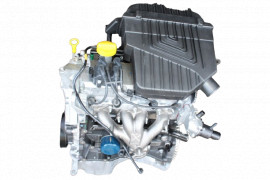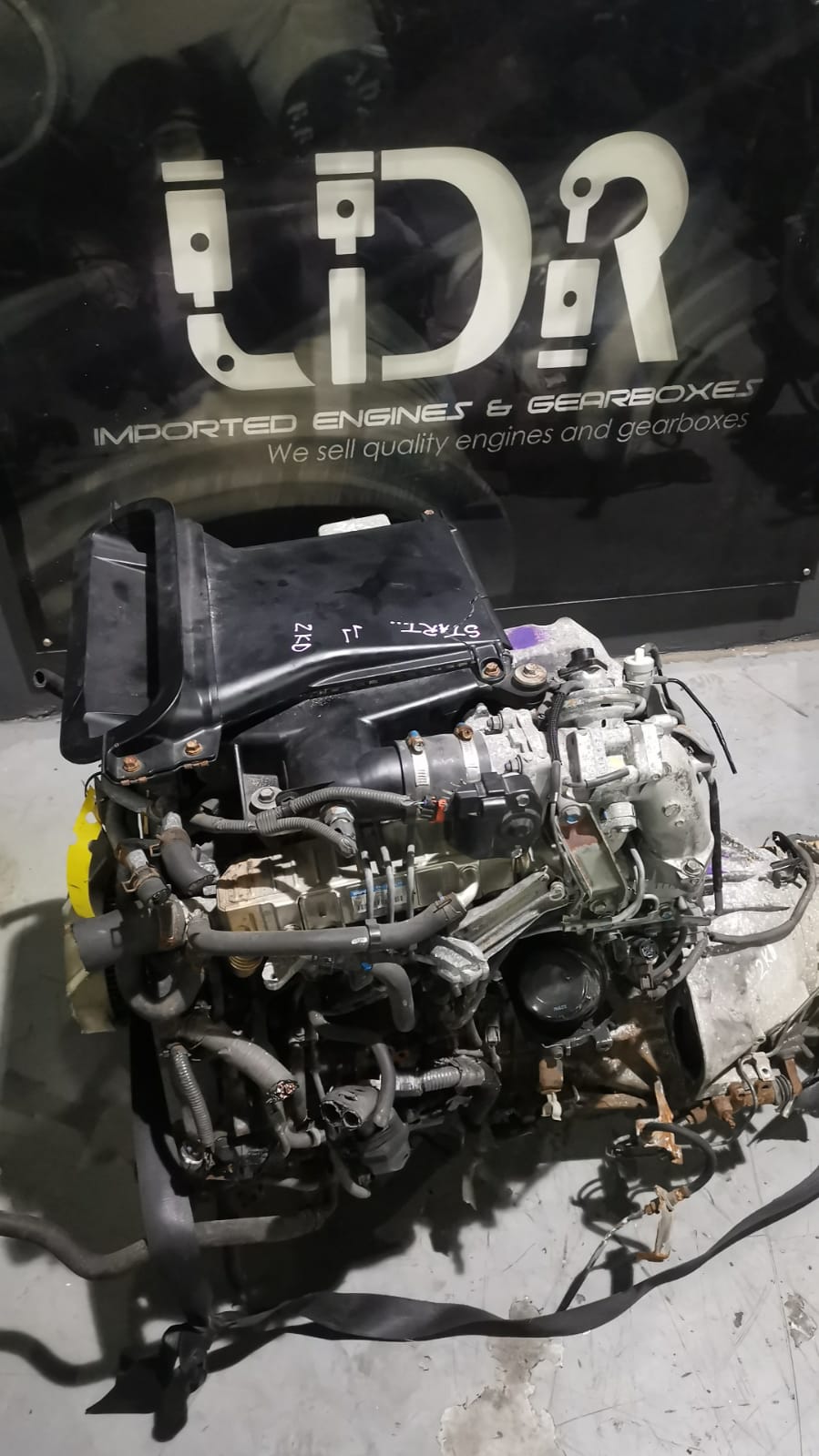Opel Corsa Engine: Common Issues and Just How to Take care of Them
In-Depth Exam of the Mechanical Components of a Hatchback's Motor
Recognizing the intricate functions of a hatchback's motor is similar to unwinding a complex puzzle where every piece plays a crucial role in the overall efficiency of the car. As we delve into the inner operations of these mechanical wonders, a deeper gratitude for the harmony of parts that drive a hatchback onward arises.
Pistons and Cylinders

The efficiency and efficiency of a hatchback's engine count greatly on the smooth procedure of the pistons and cylinders. Normal maintenance and surveillance of these parts are vital to guarantee ideal engine performance and longevity.
Crankshafts and camshafts
Camshafts and crankshafts play essential duties in the procedure of a hatchback's inner combustion engine, assisting in exact timing and conversion of linear movement into rotational power. The camshaft, situated within the engine block, manages the opening and closing of the engine shutoffs at certain intervals. As the camshaft revolves, its wattles push versus the shutoffs, allowing air and gas right into the combustion chamber and getting rid of exhaust gases. This procedure integrates with the motion of the pistons to make sure ideal engine performance.
Any type of imbalance or breakdown in these components can lead to engine efficiency problems and potential damages. Regular maintenance and timely replacements are essential to guarantee the smooth procedure of these critical engine parts in a hatchback.
Valves and Timing Belts
Playing a crucial function in the synchronization and procedure of a hatchback's inner burning engine, the shutoffs and timing belts operate in combination with the camshafts and crankshafts to make sure optimum efficiency. Shutoffs control the flow of air and fuel right into the burning chamber while getting rid of exhaust gases. The timing belt, likewise understood as the cam belt, synchronizes the rotation of the camshaft and crankshaft, ensuring that the shutoffs close and open at the right times in connection with the piston placement. Correct timing is crucial for the engine to operate successfully and stop damages because of disturbance between moving components.

Fuel Injectors and Ignition System
Fuel injectors and ignition system are crucial elements in a hatchback's engine system, responsible for the effective distribution of fuel and ignition of the air-fuel combination. Fuel injectors play an essential role in the combustion process by exactly spraying fuel right into the combustion chamber at the ideal minute and in the appropriate quantity. This controlled shipment makes certain optimal gas performance and power outcome. Modern hatchbacks often use digital gas injection systems that can adjust gas delivery based on different aspects such as engine tons, rate, and temperature level.
Properly functioning trigger plugs are vital for engine performance, gas performance, and discharges manage. Regular examination check this and upkeep of both fuel injectors and trigger plugs are crucial to make sure the engine runs smoothly and effectively.
Cooling System and Lubrication
Offered the vital Read Full Report duty of keeping ideal engine performance and effectiveness in a hatchback, the cooling system and lubrication devices are indispensable elements that ensure correct functioning and long life of the car. The cooling system in a hatchback is accountable for regulating the engine temperature level to avoid getting too hot. It generally includes a radiator, water pump, thermostat, and cooling down follower, collaborating to dissipate heat produced throughout engine operation. Correct lubrication is equally vital as it reduces friction in between moving parts, preventing deterioration. The lubrication system in a hatchback consists of the oil pump, oil filter, and various lubes that lower friction within the engine. Normal upkeep of the cooling system includes inspecting coolant degrees, examining for leakages, and ensuring correct functioning of cooling elements. Regular oil adjustments and making use of the recommended lubricants are vital for the lubrication system's efficiency. Together, the cooling system and lubrication systems play a crucial duty in maintaining the hatchback's engine running efficiently and successfully.
Conclusion

Pistons and cylinders are indispensable elements within the internal burning engine of a hatchback, accountable for converting gas into mechanical power. The camshaft, located within the engine block, manages the opening and closing of the engine great post to read shutoffs at details periods.Playing an important role in the synchronization and procedure of a hatchback's internal combustion engine, the valves and timing belts function in conjunction with the crankshafts and camshafts to make certain optimal performance.Fuel injectors and stimulate plugs are essential elements in a hatchback's engine system, responsible for the effective distribution of fuel and ignition of the air-fuel mixture. Modern hatchbacks commonly utilize electronic gas injection systems that can change fuel shipment based on numerous elements such as engine rate, temperature level, and load.